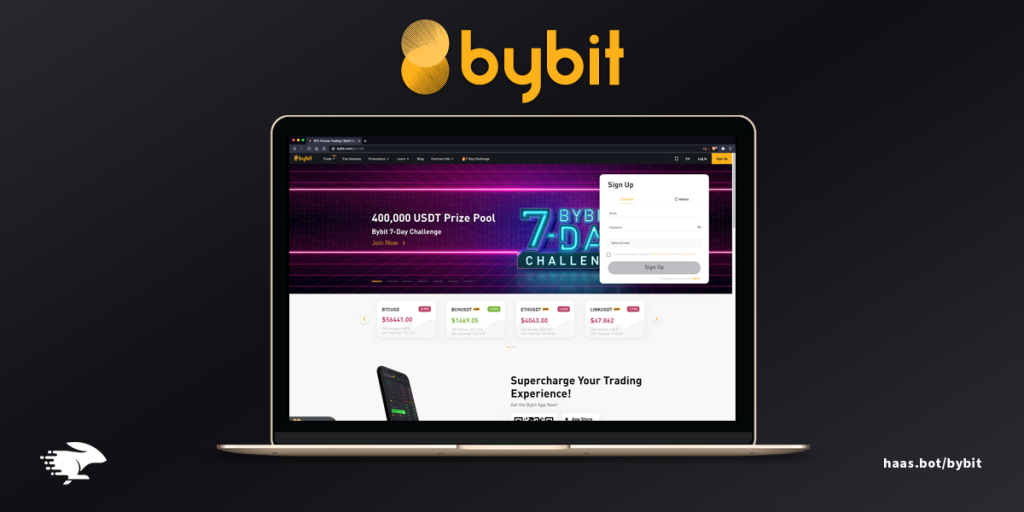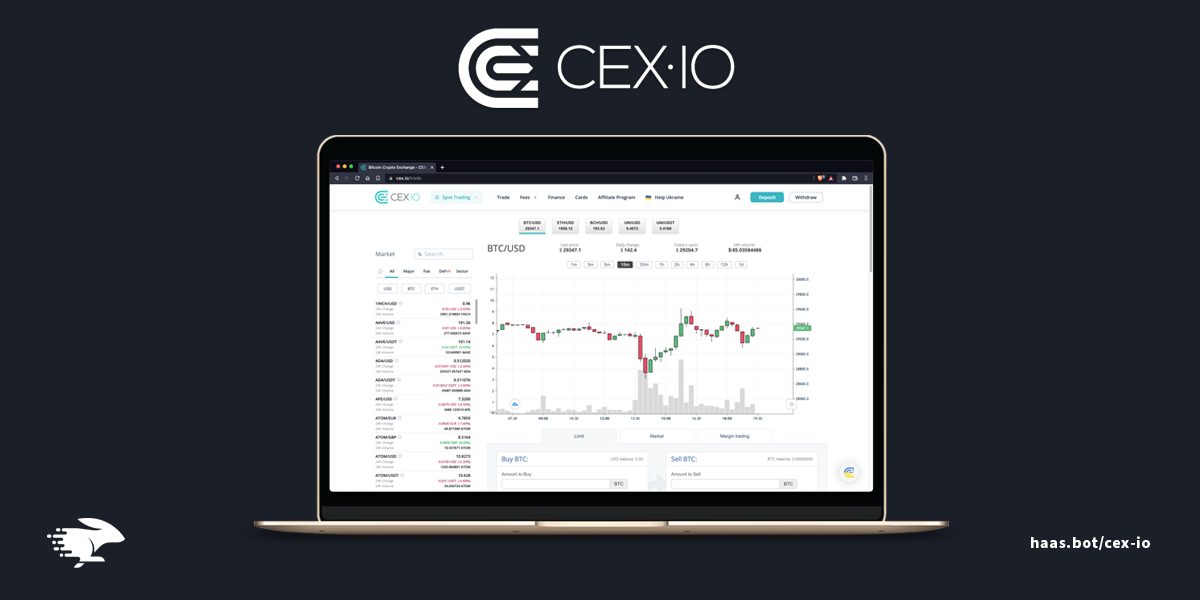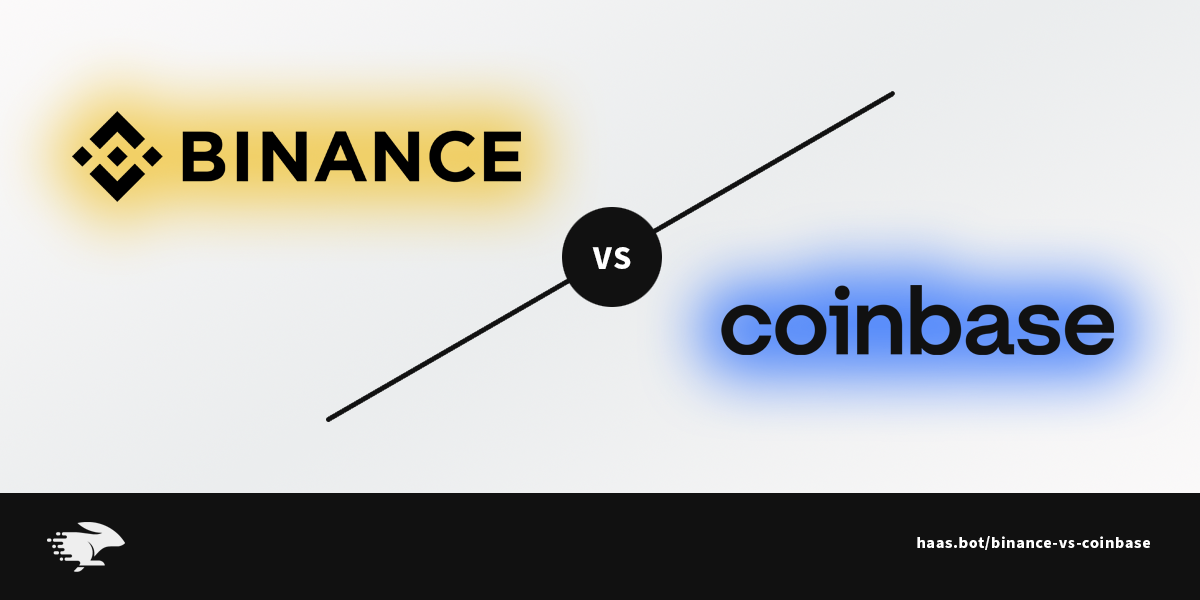
Let’s do a quick yet detailed overview of Bybit margin trading. In this guide, we’ll not only walk you through the entire process of margin or leveraged trading step by step, but also show you how it’s done via a real example, and give you a balanced view of both the advantages and disadvantages commonly associated with this type of trading.
In a few words, margin trading is a practice of borrowing funds from a third party with the aim of increasing users’ trading power.
It gives users an opportunity to amplify their capital by investing a significantly larger amount than their initial capital. The leverage ratio or the amount of assets you can borrow differs among different exchanges and depends on your target cryptocurrency. For example, if you had a starting deposit of $10, and executed a margin trade on an exchange that offers 5x leverage, you’re now able to trade with $50.
Bybit Margin Trading Step-by-Step Guide
Step 1 – How to Open a Margin Trading Account on Bybit
The first thing you need to do is visit the Bybit website and enter your email and password. You’ll receive your verification code that’s valid for only five minutes upon receiving the email. Enter the code to activate your account. The great thing here is that Bybit is completely anonymous which means that KYC or Know Your Customer checks aren’t required.
Step 2- How to Borrow Funds
On the upper right corner, under the “Limit” tab, you can find a slider to customize your leverage. Bybit can offer you up to 100x leverage. You will only need to put up a 1% margin of the initial amount. The leverage can be adjusted after opening a position, which isn’t the case with many other exchanges on the market.
A single perpetual contract on the exchange is 1 USD. Additionally, Bybit offers futures contracts on Ripple and EOS with 25x leverage. The leverage could decrease in case you trade in large volumes and reach sizable positions. The margin for maintenance is 0.5% regardless of the contracts’ size.
There are two major types of perpetual contracts that Bybit offers, Inverse and USDT. For USDT, USD is the base and Tether is the perpetual currency. The collateral value is 1 USD, while Tether operates as the underlying margin. The following pairs are available with Bybit: BTC/USDT, ETH/USDT, LINK/USDT, XTZ/USDT, and LTC/USDT.
For Inverse contracts, it‘s the cryptocurrency that acts as an underlying margin. Bybit supports the following pairs: BTC/USD, ETH/USD, EOS/USD, and XRP/USD.
Step 3 – The Maintenance Margin
Maintenance Margin refers to the minimum margin the user is required to maintain in order to continue holding their position. You can find “Maintenance Margin” under the “Contract Detail” section for the selected trading pair.
When it comes to perpetual contracts, the maintenance margin rate is 0.5% for BTC and 1% for the remaining cryptocurrencies. It moves in the same direction with the risk limit.
In the case of liquidation, the isolated margin for the opened position is lower than its margin level. Liquidation occurs when the isolated margin for the position is less than its maintenance margin level.
Step 4 – How to Trade on Margin
At Bybit, the process of margin trading does not differ from that of regular trading. There are three types of orders available: market, limit, and conditional order. You have to specify the price, leverage, and direction for all of them. Whatever type of order you choose, it will be valid during a certain period, known as order life.
Once you’ve placed your order and selected your leverage and conditionals, you’ll be presented with a screen where you can easily identify all necessary information connected with your trade such as the entry, liquidation, current market price, and index price. Here, you can place your stop-loss and take-profit target within the order itself.
Step 5 – How to Move Funds Back
If you choose to withdraw a particular amount of your assets, click the withdrawal button on the selected asset and provide the wallet address. Afterward, you need to confirm the transaction with 2FA and pay a small amount for the miner fee. Each account has a withdrawal limit although these limits are almost insignificant.
However, Bybit has imposed limits on daily withdrawals in order to secure the static assets in their hot wallet, i.e. 100 BTC and 10,000 ETH. If the specified limits have been reached already, you’ll have to wait for the exchange to make a transfer from its cold wallet.
Margin Trading Example
Let’s say you have 3,000 USDT and decided to try margin trading on Bybyt with 5x leverage. Now, you can borrow up to 12,000 USDT, and together with your 3,000 USDT, you have a total of 15,000 USDT to trade. It’s simple, the higher the trading volume, the higher your potential profit would be.
Say you’ve been following the market trends and you’re confident that Bitcoin’s price will start to grow. You decide to sell all of the 15,000 USDT for 3 BTC. Supposing that the BTC price doubles 12 hours after your purchase, you can sell your 3 BTC for 10,000 USDT each. Now you own 30,000 USDT. What you need to do first is settle the debt towards your creditor, which is 12,000 USDT plus the calculated interest. All in all, you’ve made a little fortune in no time.
However, the complete opposite outcome is possible as well. If your forecast was wrong and Bitcoin’s price drops by 50%, you will be left with 7,500 USDT. And don’t forget the debt of 12,000 USD you still owe, plus the interest. In other words, you’ve lost more than half of your investment. This is why we always advise readers to be reasonable and careful when dealing with margin trading.
The Advantages and Risks of Margin Trading
The greatest benefit of margin trading over regular cryptocurrency trading is the possibility of amplifying your profits from a significantly lower investment. Moreover, traders can open multiple positions with less capital, which results in the diversification of their portfolios. Finally, it’s quite convenient for users to open multiple positions as large transfers and system confirmations don’t take a lot of processing time.
However, even though Bybit is a highly transparent and reliable trading platform, it can’t protect traders from the potential risks that come with margin trading. Dealing with loans and interest rates on a highly volatile market can be exhausting even for the most advanced crypto traders.
Additionally, interest can accumulate quickly on margin loans. If your margin position moves against your predictions, be ready to pay a high-interest rate in addition to your main debt.
The good thing about Bybit is the isolated margin feature that allows traders to place individual trades with separate margin allotments. This protects traders from total account liquidation as the margin placed to a position is separated from the trader’s account balance. Therefore, the traders can manage risk easily and the maximum loss is limited to that position
Conclusion
As appealing as it seems, margin trading does require experience and full awareness. First of all, don’t start trading with large amounts until you have the necessary knowledge. Always divide your position into portions to minimize the risk. Moreover, pay close attention to your ongoing fees and liquidation price at any stage of the margin trading process.
Apart from these tips, we highly recommend that you carefully read the benefits and risks of margin trading before you attempt it. That being said, if you exercise caution and have a sensible long-term approach, it can be a really rewarding experience for you.




